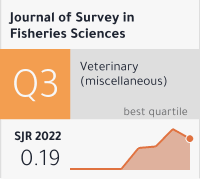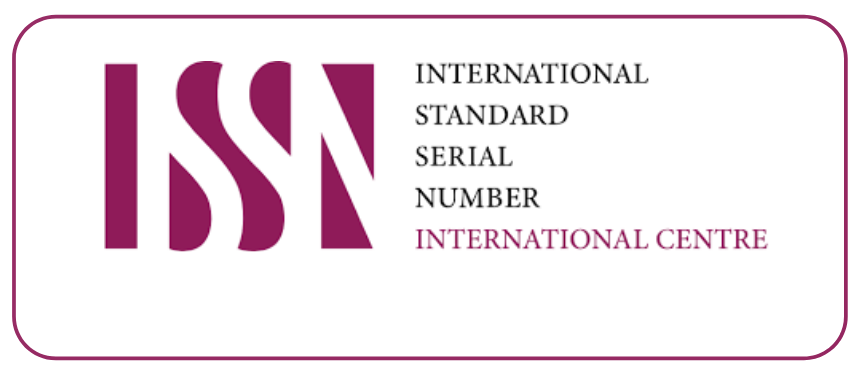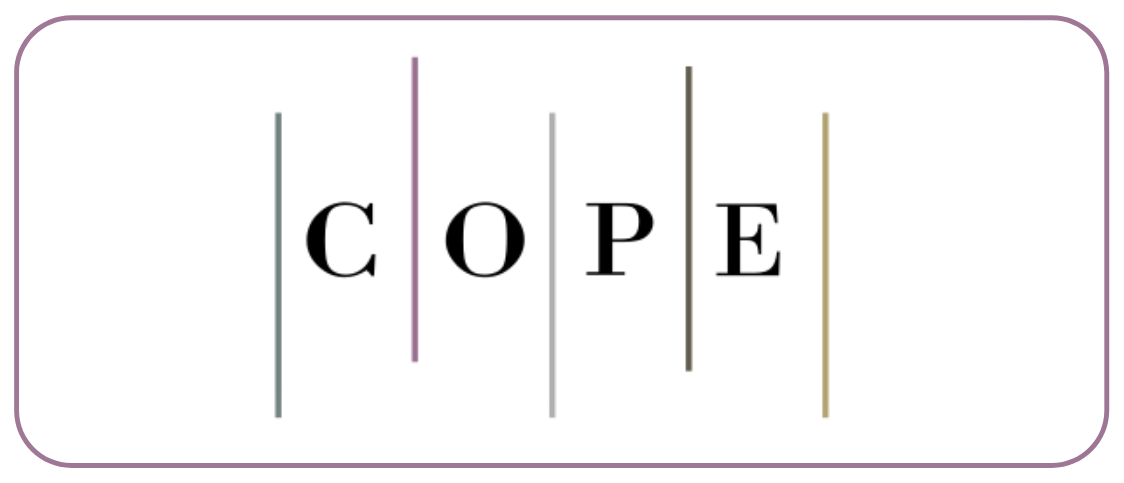Factors Associated With Dental Service Utilization Based On Andersen Model Among Adults (18 To 64 Years) In PIMS Hospital, Islamabad
DOI:
https://doi.org/10.53555/sfs.v11i01.1972Keywords:
Adult, Andersen model, Dental services utilizationAbstract
Objectives: To determine the association and frequencies or percentages of factors influencing dental service utilization among adults based on the Andersen model.
Methodology: A cross-sectional study with convenience sampling was conducted, involving 385 adults aged 18-64 years. Data on factors based on the Andersen model, including predisposing, enabling, and need-based factors, were collected through a questionnaire. Clinically-assessed need-based factors, such as missing teeth and dental treatment need, were also included. Data were analyzed using SPSS version 26, employing frequencies, percentages, and chi-square tests.
Results: Among the study participants, 134 out of 385 individuals (34.8%) had a dental visit in the past year, and 294 out of 385 (76.4%) required dental treatments. Significant associations were observed between dental service utilization and factors such as education, residence, income, self-reported tooth/mouth pain, missing teeth, and treatment need (p < 0.05). These associations were determined while maintaining a 95% confidence interval and a margin of error of 5%.
Conclusion: The study found that factors such as education, place of residence, income levels, self-reported mouth pain, missing teeth, and the need for dental treatment significantly influenced dental service utilization among adults. The findings highlight the importance of targeted interventions and policies to improve accessibility and utilization of dental services, particularly for underserved populations.









